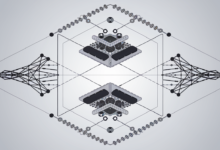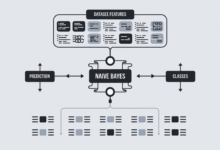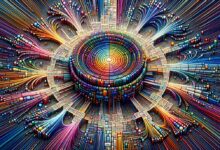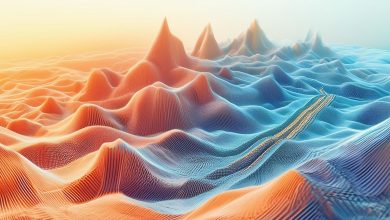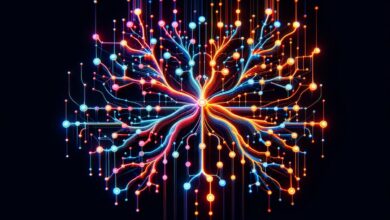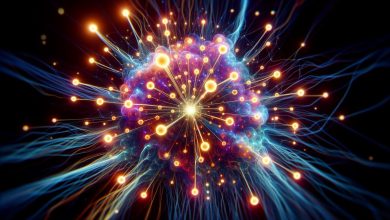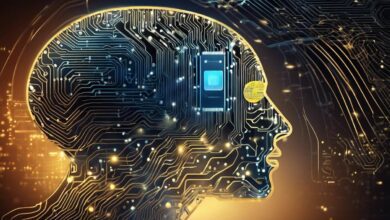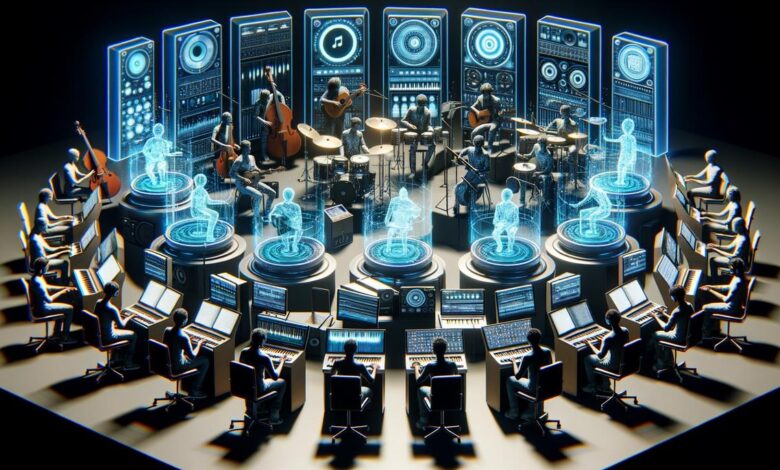
Neural networks have introduced new approaches to music generation, offering diverse architectures with unique strengths and challenges. These models have influenced how compositions are created, while data preparation and evaluation play crucial roles in the process. AI tools are becoming increasingly significant in the music industry.
Neural Network Architectures
Neural network architectures have transformed music generation. Long Short-Term Memory (LSTM) networks excel in handling sequential data, making them prominent in music creation. These networks address long-range dependencies, ideal for capturing the flow of notes over time. However, they can be slow during training.
Convolutional Neural Networks (CNNs) have found a niche in music generation. Their strength lies in identifying complex patterns, recognizing intricate rhythmic structures in music. The drawback? They sometimes overlook temporal dependencies.
Generative Adversarial Networks (GANs) use a two-part system of generators and discriminators. These networks have advanced in creating diverse and novel music textures. Still, they can encounter issues like mode collapse—where they repeatedly generate similar outputs. Training GANs can also be challenging.
Transformers stand out with their self-attention mechanism, allowing them to focus on different parts of the music sequence simultaneously. They excel in capturing global structures in music, resulting in more coherent and longer compositions. However, they require substantial computational power and data.
Each architecture contributes uniquely to music generation, offering a range of options with distinct advantages.

Data Preparation and Augmentation
Preparing data for music generation models requires careful processing and augmentation techniques. The process begins with collecting musical data, often from extensive MIDI file collections. MIDI simplifies complex instrument sounds into machine-readable data.
The next step involves converting this data into a suitable format for models. This includes tokenizing each musical event—such as note_on, note_off, velocity changes, and time shifts. These tokens function as musical building blocks for models to reconstruct melodies and harmonies.
Data augmentation enhances the dataset's quality. Techniques include:
- Transposition: Shift the pitch of musical pieces up or down by a few semitones, creating new variations without altering the music's structure.
- Temporal augmentation: Alter the timing of pieces, stretching or compressing them. This teaches models to handle tempo variations.
These processes equip music generation models with a rich, varied dataset, ensuring they can create resonant compositions.
Evaluation of AI-Generated Music
Assessing AI-generated music balances artistic and scientific approaches. Human perception tests involve both trained musicians and casual listeners who provide qualitative feedback on harmony, rhythm, and overall appeal. These insights reflect how people perceive musical aesthetics.
Evaluation considers the novelty and value of generated pieces. Novelty refers to uniqueness—how original a composition feels compared to existing works. Value relates to the piece's utility, considering whether it suits a concert hall, film score, or casual setting.
Objectively measuring creativity presents challenges, as standardizing subjective elements is difficult. This often necessitates combining expert reviews with algorithmic assessments.
Statistical tools, such as comparing AI compositions with existing music libraries, help determine originality. However, even with advanced metrics, human judgment remains essential. A balanced approach combining perception, practical application, and innovation guides the evaluation process.
Applications and Tools
AI in music generation has created possibilities across multiple industries. AIVA (Artificial Intelligence Virtual Artist) composes soundtracks and scores for various media. MuseNet, developed by OpenAI, combines different musical styles and artists, creating compositions with unexpected combinations.
Platforms like Soundful and Boomy serve content creators who need quick access to royalty-free soundtracks. Ecrett Music enables those without musical background to create emotional, scene-driven compositions by selecting mood and genre preferences.
For commercial industries, AI-generated music offers a cost-effective solution for creating branding soundtracks and enhancing marketing campaigns. AI's ability to produce music that aligns with specific brand identities while adapting to changing trends gives companies a competitive edge in branding efforts.
As AI progresses, its role in the music industry will likely expand, pushing the boundaries of creativity and collaboration.
Challenges and Future Directions
AI music generation faces several challenges. A major obstacle is data limitations. High-quality, comprehensive datasets are crucial for AI development, yet in music, they remain relatively scarce. Efforts are needed to expand these resources comprehensively and ethically, ensuring artists' rights remain protected.
Another issue is assessing creativity—a concept notoriously subjective and multifaceted. Developing standardized metrics to capture this elusive quality without suppressing spontaneity is a worthwhile pursuit.
Looking ahead, integrating advanced machine learning techniques like transfer learning might help overcome some data constraints. Advancements in hardware and algorithm efficiency could make the computational resources necessary for widespread experimentation more accessible.
We can expect AI to become more collaborative, with systems that not only generate music but enhance the creative process interactively. Future AI might act as a bandmate, improvising in real-time with human musicians, or as a composer offering inspirational starting points for creators to refine.
In the future, AI may evolve to deeply understand and generate music that resonates on a human emotional level. This would involve more sophisticated models that combine affective computing and generative algorithms, allowing machines to grasp and infuse pieces with genuine emotional experiences.
Writio: Your automated content creator and tracker. This page was written by Writio!
- Boden MA. The Creative Mind: Myths and Mechanisms. Psychology Press; 2004.
- Jordanous A. Evaluating Computational Creativity: A Standardised Procedure for Evaluating Creative Systems and its Application. University of Sussex; 2012.
- Oore S, Simon I, Dieleman S, Eck D, Simonyan K. This Time with Feeling: Learning Expressive Musical Performance. Neural Computing and Applications. 2020;32(4):955-967.
- Huang CZA, Vaswani A, Uszkoreit J, et al. Music Transformer: Generating Music with Long-Term Structure. arXiv preprint arXiv:1809.04281. 2018.
- Payne C. MuseNet. OpenAI. 2019.
